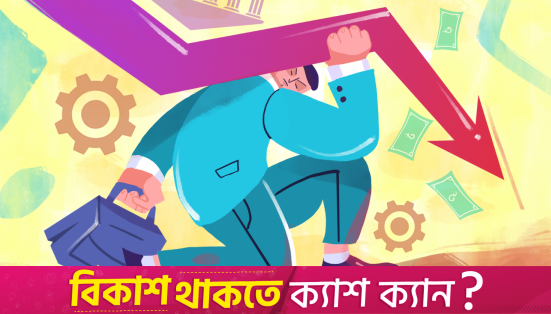Sectors including textiles, jewellery, apparel, seafood, machinery and mechanical appliances, chemicals, and auto components are expected to bear the brunt of the 50% tariffs on Indian goods entering the US. Direct lending by top banks such as State Bank of India, ICICI Bank and HDFC Bank to these industries is estimated to be about 10% of the overall loans, limiting the impact on lenders. What is concerning is the second-order hit.
There are three primary reasons behind concerns about a potential slowdown in corporate credit growth on account of tariffs, according to analysts at Fitch group company CreditSights.
“First, we expect banks to be more cautious to lend to export-oriented companies, particularly in sectors heavily reliant on US demand, as the 50% tariff would have a significant impact on their businesses,” Lim Ze Hao, analyst, financials at CreditSights, told Mint. It is likely that export orders are put on hold or even scrapped as US buyers seek cheaper alternatives from countries with lower tariffs, he said.
Second, with the high tariff rate now and some uncertainty over where the tariff rate will eventually settle, exporters and manufacturing firms are likely inclined to pause expansion plans, resulting in reduced demand for bank loans.
According to Ze Hao, finally, the 50% tariff rate will also have a moderate drag on India’s GDP growth. “Slower GDP growth typically translates into slower overall system loan growth, as businesses become more conservative about expanding operations because of slower demand, and consumers will also be more cautious about making major purchases.”
India’s growth rate is estimated to decline by 20-30 basis points as US President Donald Trump imposes tariffs on trading partners to fulfil his election promise of bringing back jobs to the US. India faces one of the highest levies, at 50%, including 25% for buying Russian energy.
Indian conglomerates have already flagged uncertainties emanating from tariffs.
Corporate credit slump
Reliance Industries, in its annual report, warned that “continuing geopolitical and tariff-related uncertainties may affect trade flows and demand‑supply balance” for its oil-to-chemicals business that encompasses transportation fuels, and polyesters, among others. JSW Steel said in its annual report that “the policy uncertainty is adversely affecting business and consumer confidence”.
Demand for corporate loans wasn’t strong even before Trump started using tariffs as a negotiating stick. Indian banks have been waiting for corporates to borrow more. A recovery in credit demand has been impeded by the companies’ reluctance to embark on new capital expenditure and their use of internal accruals, instead of bank loans, to fund projects.
Bank loans to industries—micro, small, medium, and large—stood at ₹39.3 trillion at end-June, up 5.5% on year. Yet, the growth has slowed down from 8.1% seen in the previous year. The segment accounted for 21.4% of the overall non-food credit of banks in June, down from 22.1% in the same period of the previous financial year. Non-food credit excludes loans to the Food Corporation of India.
A Mint analysis of cash holdings of 285 BSE-listed firms, excluding banking, financial services and insurance companies, showed a 12% year-on-year rise to ₹5.09 trillion in FY25. However, new project announcements—a proxy for capital expenditure—fell 5% in FY25, following a 3% contraction in FY24, Mint reported on 6 July, citing data from the Centre for Monitoring Indian Economy (CMIE).
Lenders still optimistic
Banks are hopeful that corporate loan demand will recover.C.S. Setty, chairman, State Bank of India (SBI), said on 8 August that corporate loan demand is expected to be at least 10% in the December quarter of the current financial year.SBI’s corporate loan book grew 5.7% year-on-year, down from 15.9% a year earlier. The state-owned lender’s total domestic loan book expanded 11.1% in the June quarter versus 15.6% a year earlier.
Sashidhar Jagdishan, chief executive of HDFC Bank, told analysts on 19 July that the bank is “not seeing anything great on the capital, private capex side as yet”. However, the private lender “shall surely participate in across all our segments, whether it is rural, whether it is retail, whether it is MSME and whether it is corporate as well”.
But it’s not just that the demand for corporate loans has slowed down.
“There is a general demand slowdown, whether it is consumption in general or demand for corporate loans,” said Anil Gupta, senior vice-president and group head of financial sector ratings, Icra Ltd. “Banks would be ready to fund but in an uncertain environment, loan growth may remain tepid in the near term.”
According to Gupta, exporters may be in a wait-and-watch mode, given the uncertainty on tariffs and possible additional costs, which may reduce demand for working capital loans. As far as term loans are concerned, he said, clarity on demand revival may revive private capital expenditure.







